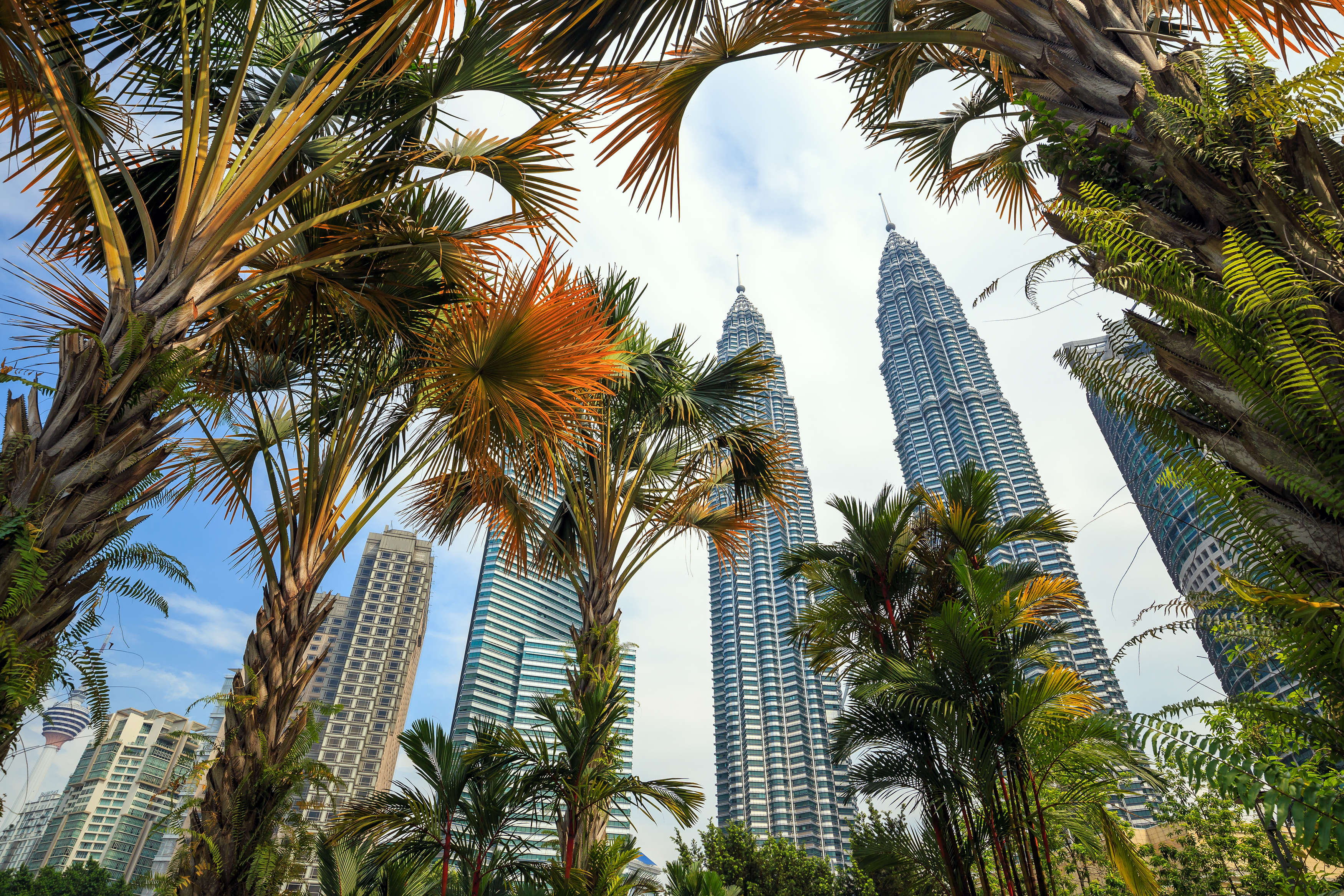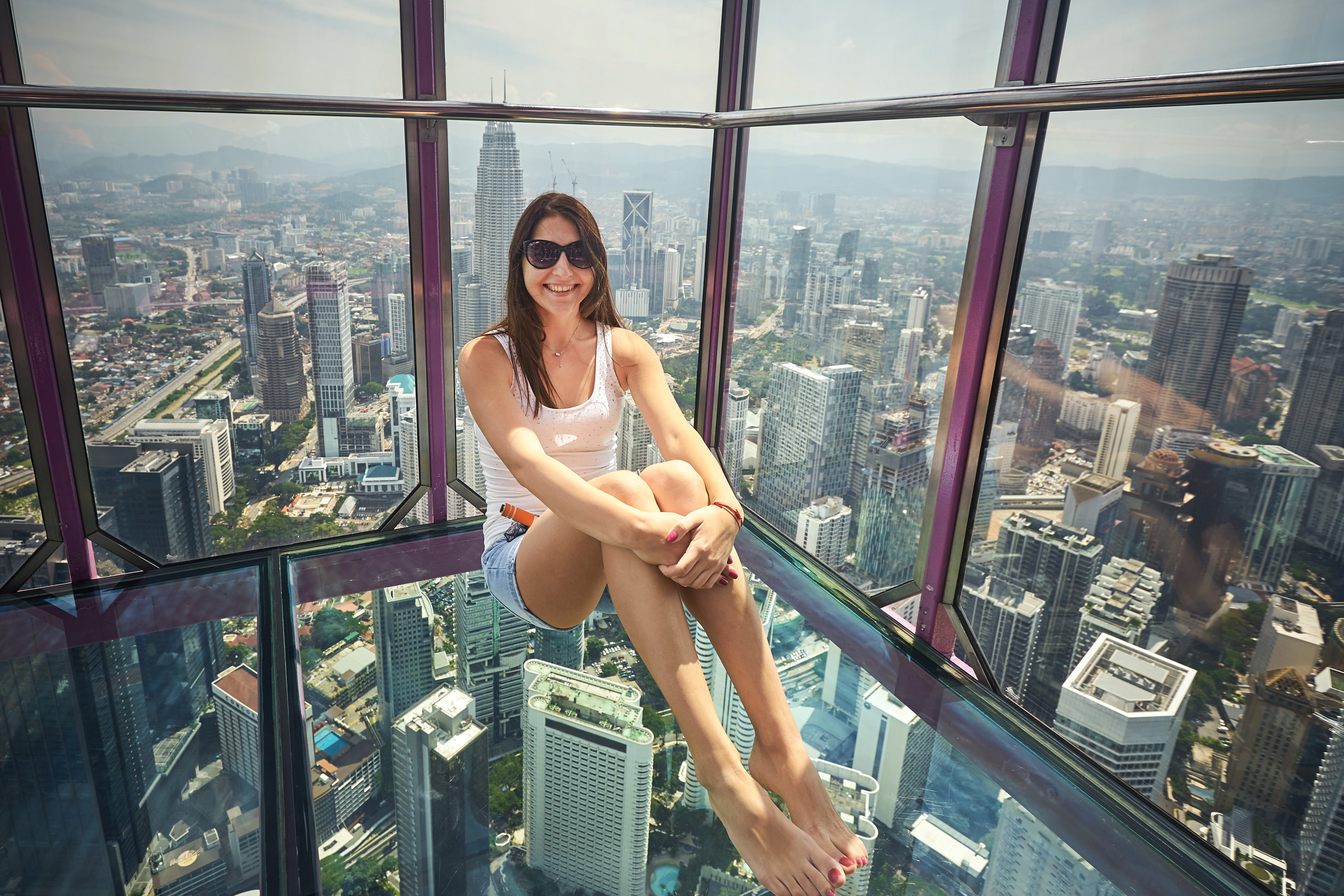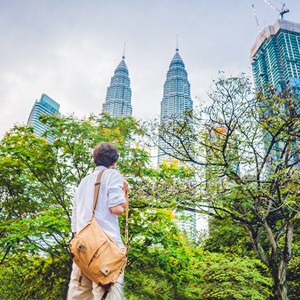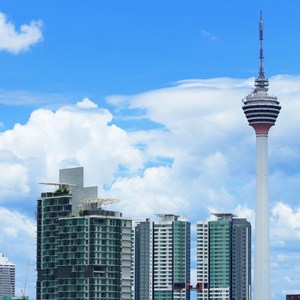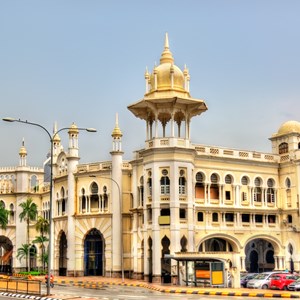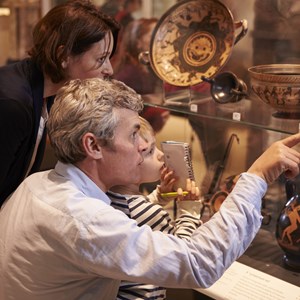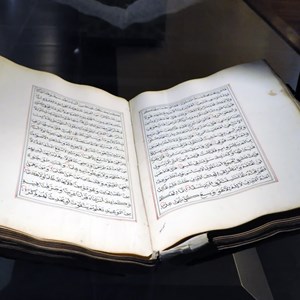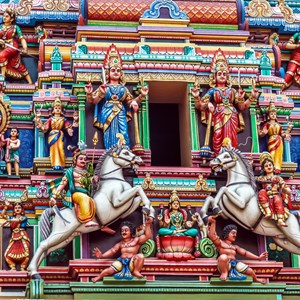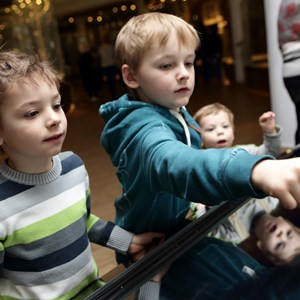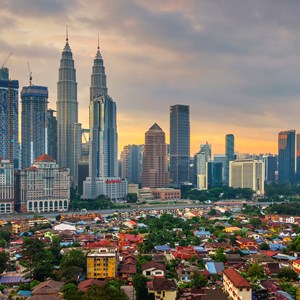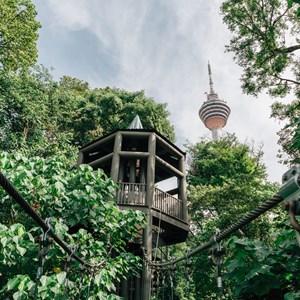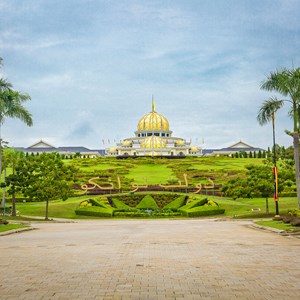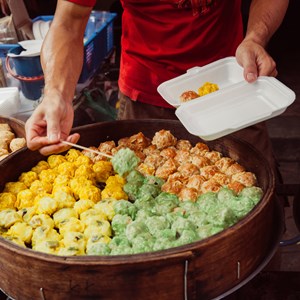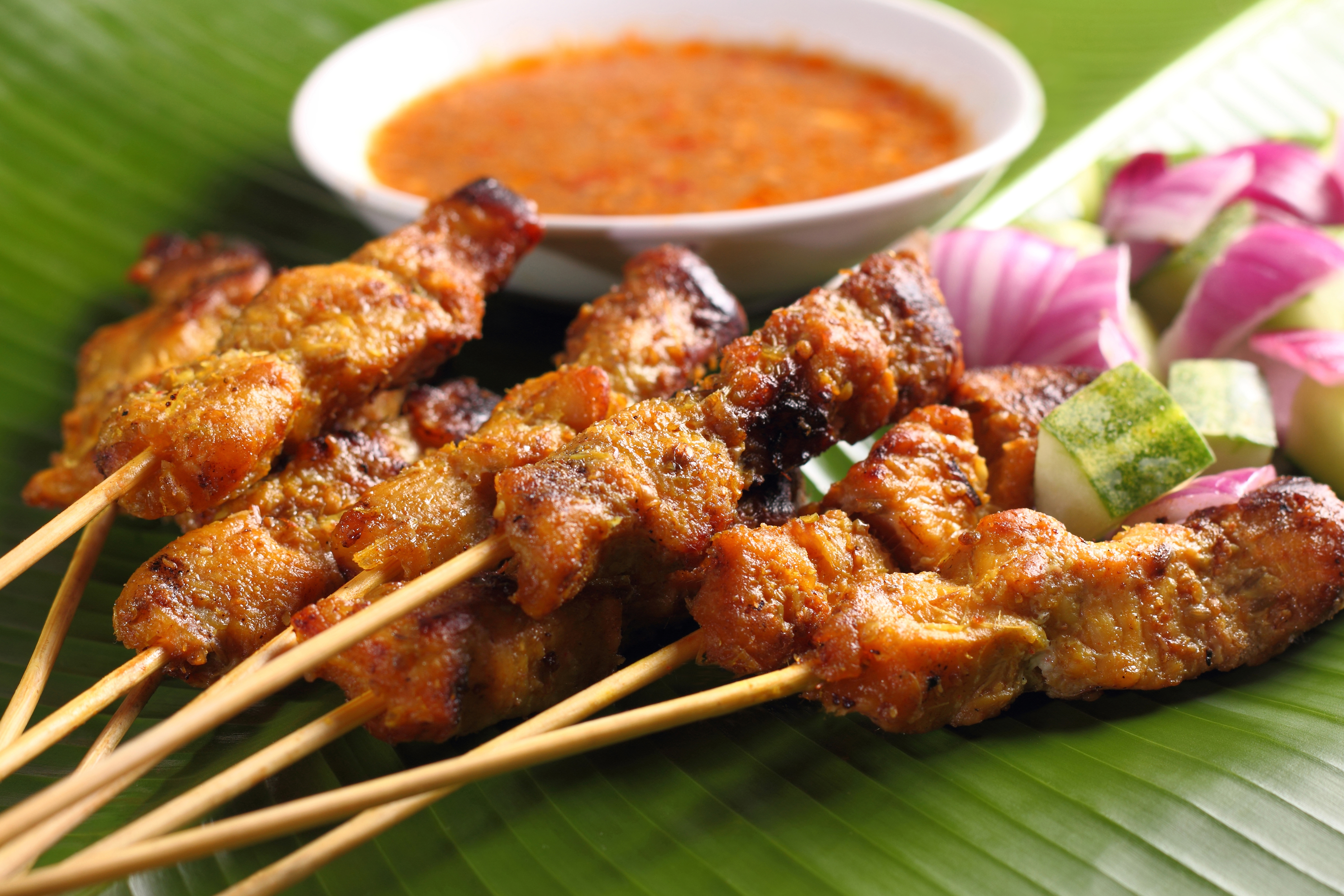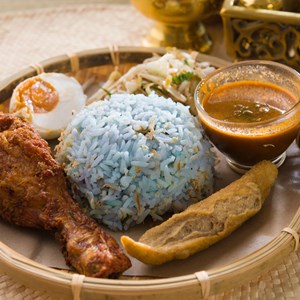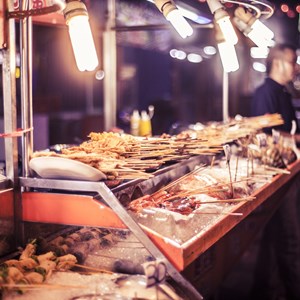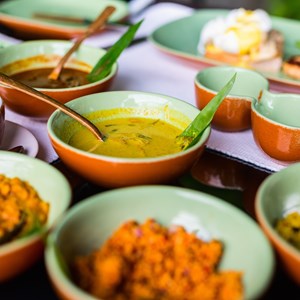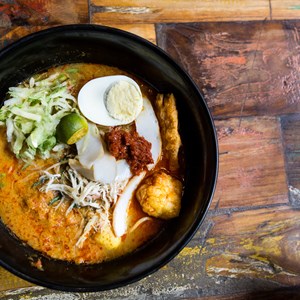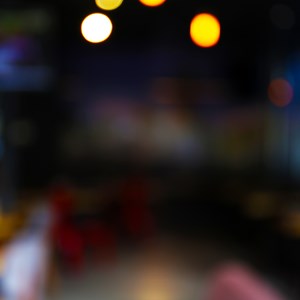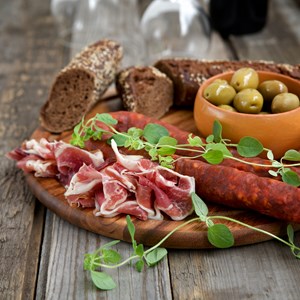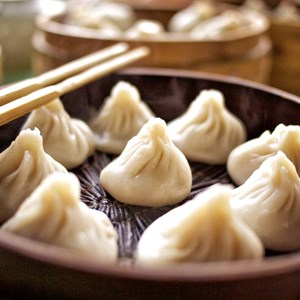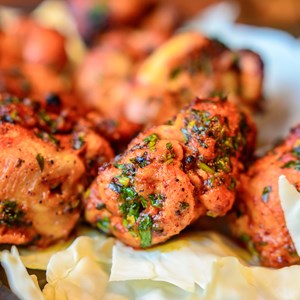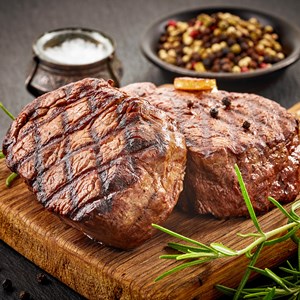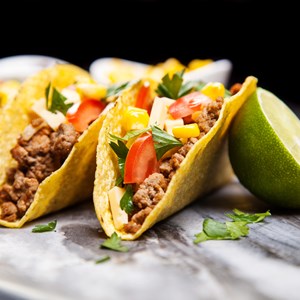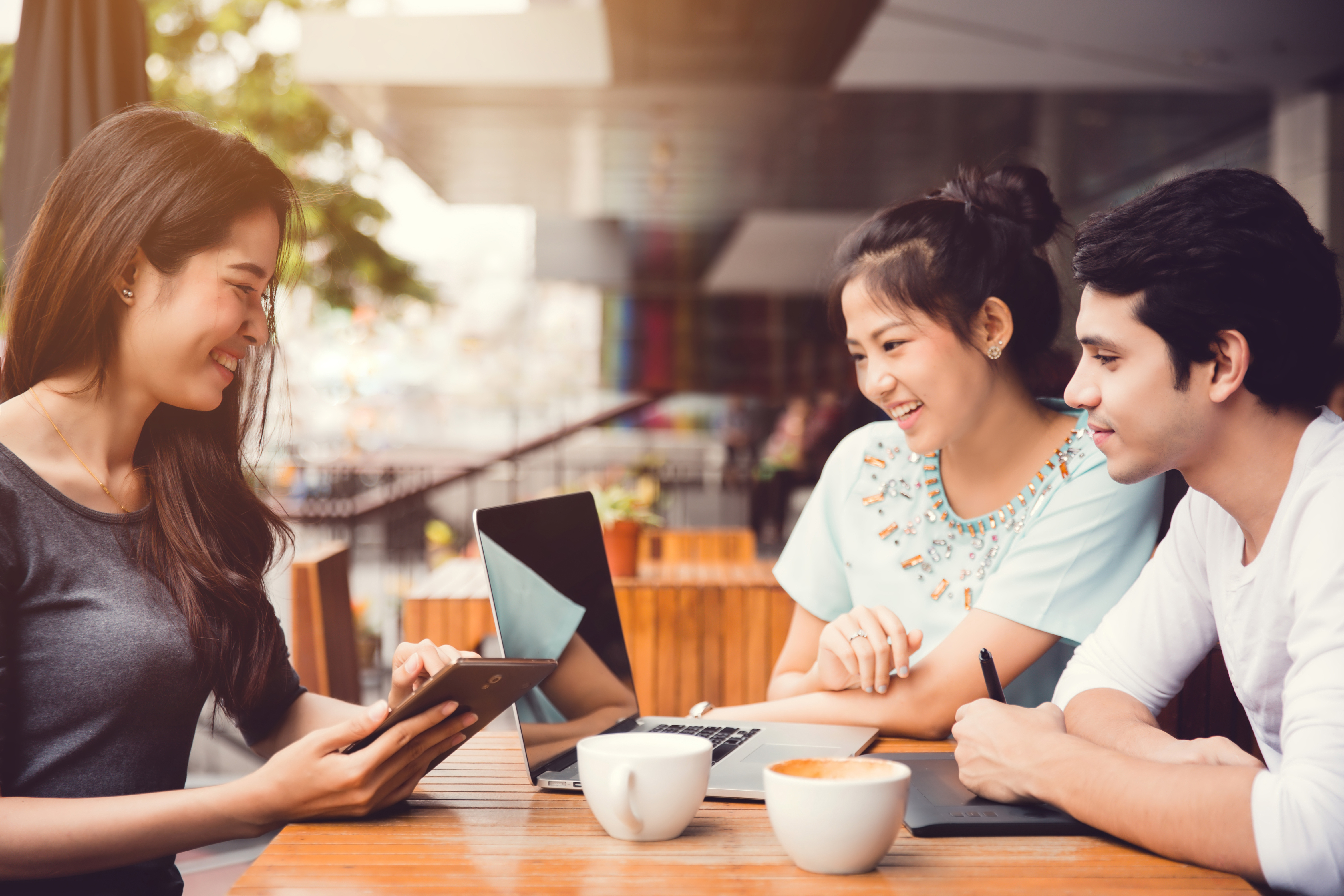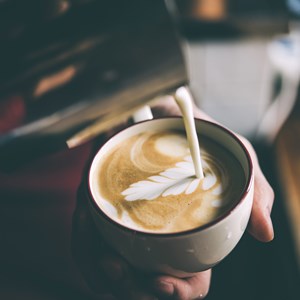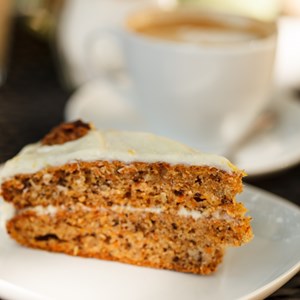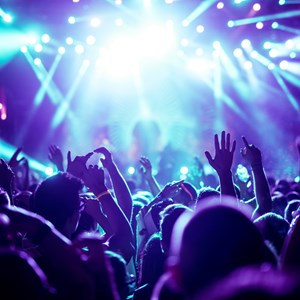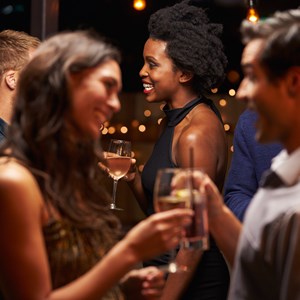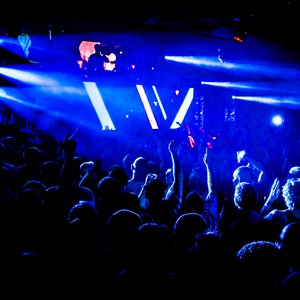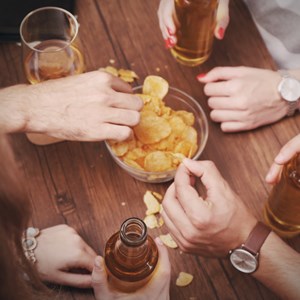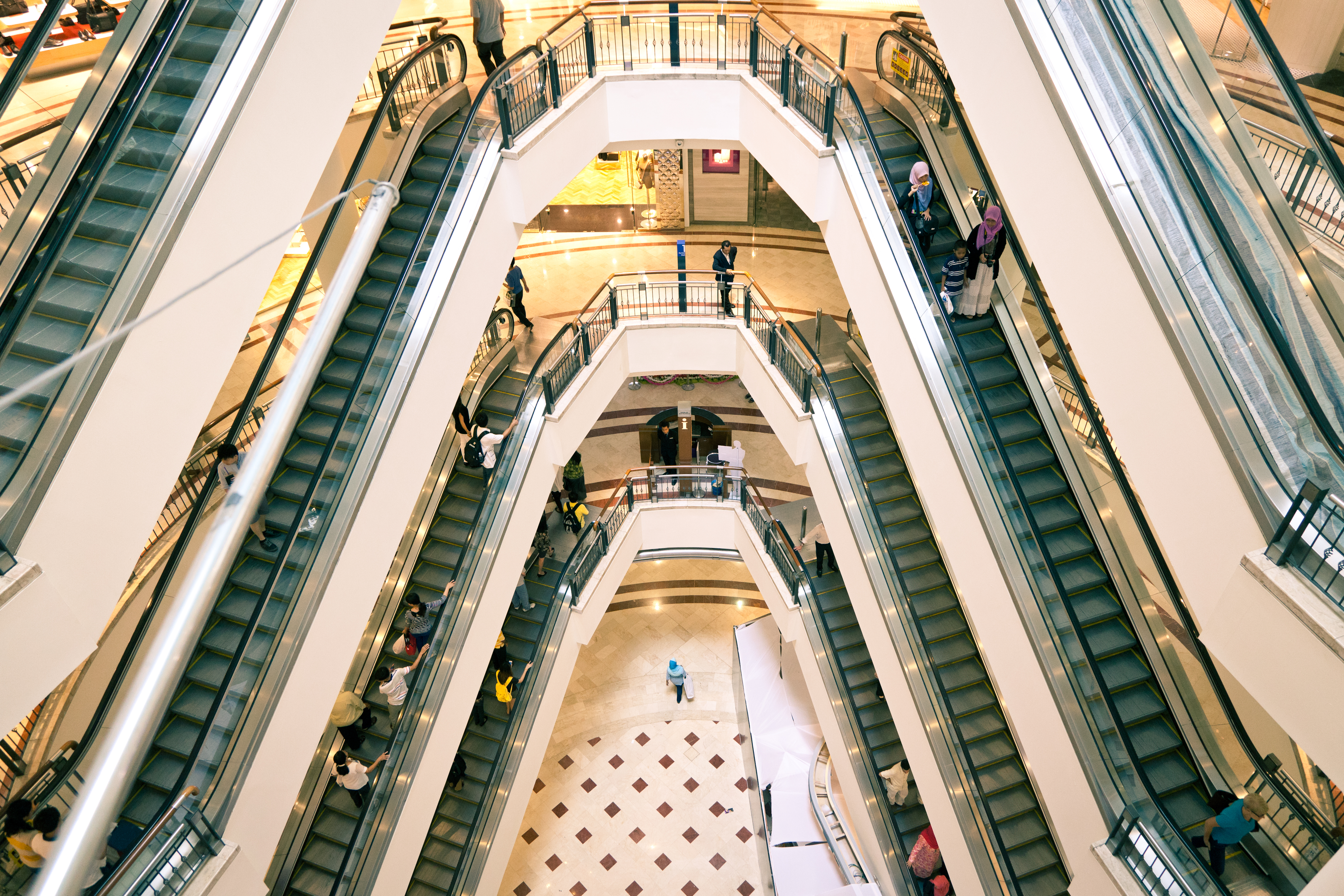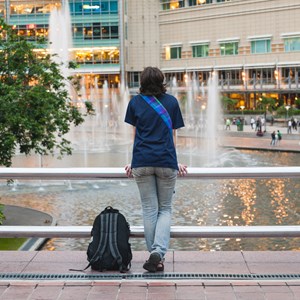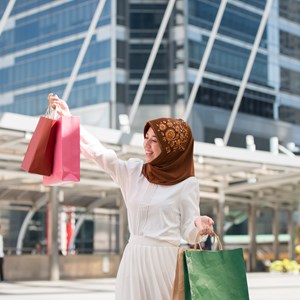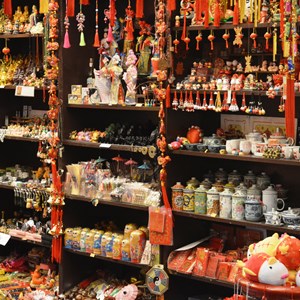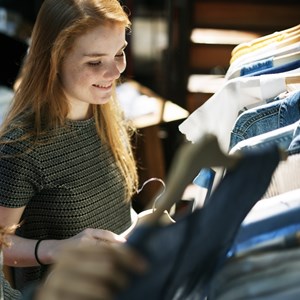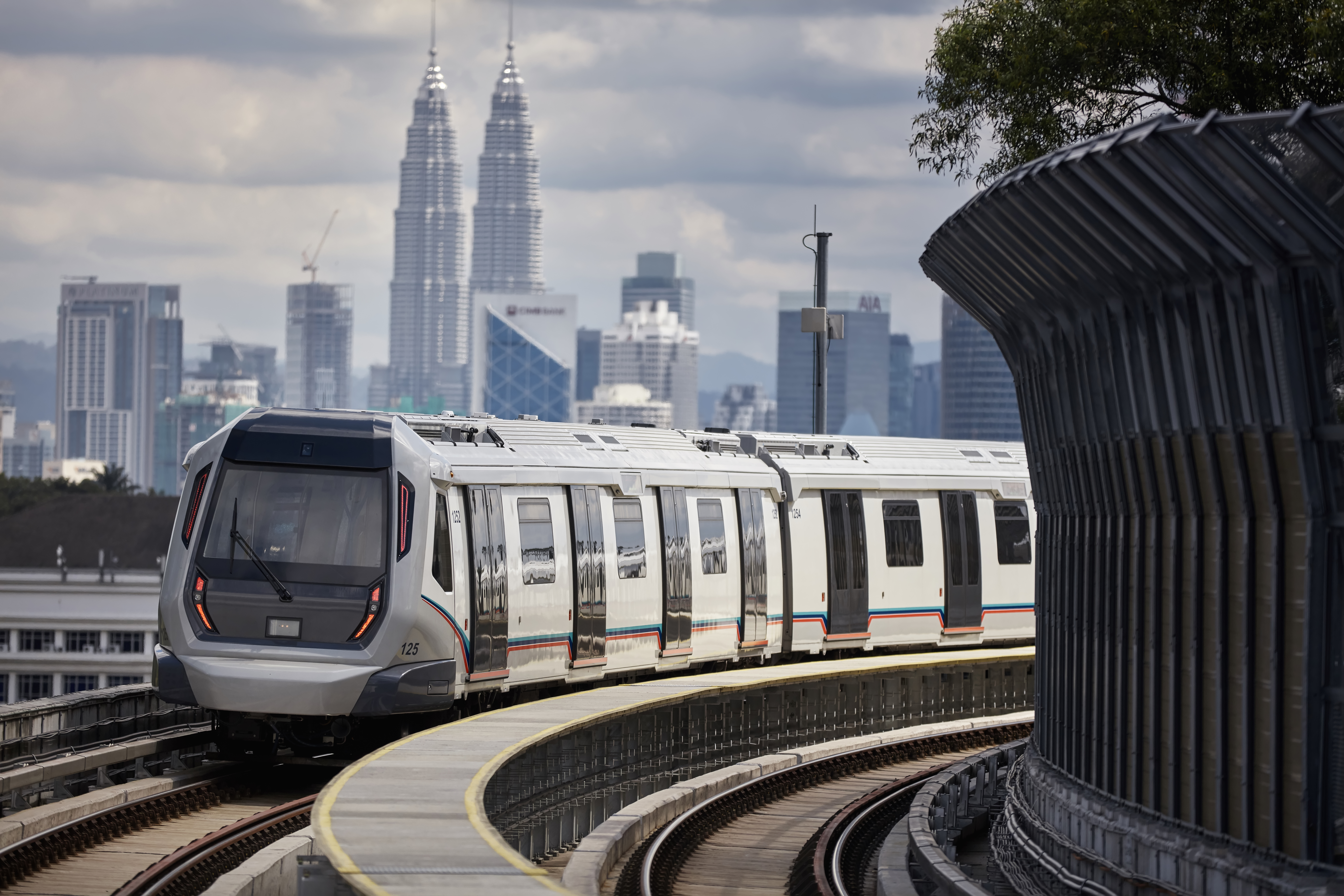

In Kuala Lumpur, Malaysia's dynamic capital and largest city, you’ll discover towering skyscrapers alongside lush green parks and vibrant street markets. Whether you're exploring the iconic Petronas Twin Towers, savouring diverse flavours at a roadside hawker stall, or soaking up the city's rich cultural tapestry, KL promises a mesmerising mix of experiences that captivate and charm visitors from around the world. Gastronomy connoisseurs broaden their palates, party animals find sanctuaries, and nature-lovers are wowed.
The City
Kuala Lumpur is a melting pot of cross-cultural influences and the result is an exciting mixture of cultures, costumes and cuisines; it is the capital and largest city of Malaysia. It is also one of the three Malaysian Federal Territories, together with Putrajaya and Labuan. The city is surrounded by satellite cities like the administrative capital Putrajaya, Cyberjaya, Sunway — a great amusement park — Cheras, Shah Alam, Subang and Petaling Jaya. KL consists of various districts with their own identities.
The Classic Centre is where KL was born, at the meeting of Klang and Gombak Rivers. You will find historical sites like the first large mosque Masjid Jamek, Central Market, Little India, Dataran Merdeka, Bangunan Sultan Abdul Samad and the Selangor Club. Lively Chinatown is still authentic and features Petaling Street — Kuala Lumpur’s first market and various temples, Buddhist and Hindu. The Petronas Twin Towers and KL Tower in the Grand Jalan Ampang district are hard to miss as they dominate the city’s skyline. The nostalgic Lake Gardens boasts the romantic park Taman Tasik Perdana, the Islamic Arts Museum, National Museum and the National Monument is just a stone’s throw away. The posh Bangsar is where Kuala Lumpur’s rich come out to play. The highlight is Jalan Telawi, packed with nightlife spots.
For shopping, head off into the direction of the hip Bukit Bintang, which is dubbed The Shopper’s Paradise. Do the Bintang Walk and find out why. The rest of KL includes sights such as the Batu Caves Hindu Temple, Forest Research Institute of Malaysia (FRIM) Park, Selangor Pewter, and the National Zoo. Or why not take a relaxing day, and just absorb the atmosphere of wandering through such diverse communities as Chinese, Malay, South Indian, East Malaysian and many more. Each community offers its own festivals, food, music, art and fashion, while lending its own unique additions to Malaysian culture.
Do & See
Kuala Lumpur combines a modern city with an old feeling of the town. In one afternoon, you can visit the Petronas Twin Towers, which once held the record as the highest buildings in the world, and taste traditional delicacies at the oldest market in town, established in 1888.
Dining
Head to Jalan Alor for an al fresco meal at one of the many tables lining this KL street food hub, or try one of these similar spots favoured by locals: Pudu Wai Sek Kai, also known as 'Glutton Street', an area referred to as Lucky Gardens, where restaurant or cafe-type establishments are a good bet in terms of both quality and variety. Also visit the eateries around Brickfields, home to KL's Little India, which translates into the dominant type of food offerings here.
Malaysian cuisine is a fusion of cultural influences. For instance, 'nasi lemak' is historically Malay, 'rojak' is Indian Muslim, 'char kuay teow' is Chinese and the spicy-hot 'laksa' is Nyonya, a mix of Malay and Chinese. Each culture emphasises different ingredients and flavours; for example, the Malay curry tastes tangier compared to the Indian.
Cafes
Kuala Lumpur offers many cafe options, from the regular coffee drinker to the casual one. There is also a mixture of the types of cafes offered here, from outdoor locations where locals hang out to indoor cafes for a convenient shopping break. The numerous options of popular franchise chains and local cafes offer great choices for all coffee experiences.
Bars & Nightlife
Malaysia is a Muslim country, but non-Muslims are free to enjoy the alcoholic aspects of its nightlife. As dusk falls, Kuala Lumpur transforms itself into a vibrant city of entertainment and fun, becoming a playground for partygoers of all walks of life. The club culture is concentrated mainly in Jalan Telawi and Jalan P Ramlee.
Shopping
Shoppers will find their trip to Kuala Lumpur worthwhile to say the least. There are many ways to pursue your shopping needs from a shop house to a street stall, or from a night market, ‘pasar malam’, to a shopping mall. You may not always find exactly the same product, but you have a lot of choice in price and quality. There are great shopping malls in Kuala Lumpur, namely Suria KLCC, just below the Twin Towers, Mid Valley Megamall and Bangsar Village. However, the most famous area for shopping is Bukit Bintang, with the highest density of malls and shops in the city. You can find anything from the smartest Japanese hi-tech gadget to the latest French designer piece.
Tourist Information
Kuala Lumpur International Airport (KUL)
Kuala Lumpur International Airport, abbreviated KLIA, at Sepang, 55 kilometres from the city, is the bigger and busier of the two airports that service the Malaysian capital.
From KLIA to the Kuala Lumpur city centre you can take the high speed train KLIA Ekspres & KLIA Transit. Travelling time is 28 minutes for KLIA Ekspres and 35 minutes for KLIA Transit. There's also a plethora of buses connecting the airport to the city.
To take a taxi from KLIA, you will need to get a prepaid coupon. Coupons for airport taxis can be purchased from counters at Level 3 on the Main Terminal Building, Arrivals. Coupons for metered city taxis can be purchased from counters at Level 1 in the same building.
Address: Sepang, Selangor, Malaysia
Email: info@malaysiaairports.com.my
Phone: +60 3 8776 2000
Website: www.airports.malaysiaairports.com.my/en/klia1
More Information:
Sultan Abdul Aziz Shah Airport (SZB)
Sultan Abdul Aziz Shah Airport in Subang is the smaller of Kuala Lumpur’s airports and serves mainly domestic routes. A number of international flights also operate from here, with connections to destinations such as Singapore, Hong Kong, and Indonesia.
Although compact, the airport provides essential services including banking facilities, convenience shops, restaurants, and other travel amenities. It is served by airlines such as Firefly, Raya Airways, and Batik Air Malaysia. Buses run directly to KL Sentral, making onward travel into the city straightforward.
Address: M17, Skypark Subang Terminal, Subang, Selangor, Malaysia
Email: info@subangskypark.com
Phone: +60 3 7845 3245
Website: www.subangskypark.com
More Information:
Public Transport
Since most people don’t live downtown, the most common way of getting around in Kuala Lumpur is driving. There may be light traffic jams during rush hours, but nothing serious. However, for visitors, the public transport system is well-expanded and consists of an underground system, a monorail line, a series of different train lines and several bus operators.
Address:
Email:
Phone:
Website: www.myrapid.com.my
More Information:
Taxi
If you are not familiar with the city and only staying for a short period, taxis can be the most convenient way of getting about. Taxis are easily available and not too expensive. Fares are charged according to the zone and are subject to change. An extra 50 percent is added for services between midnight and 6am. All taxis must use meters.
Alternatively, Bolt and Grab are two of the most popular apps to get a taxi in the city.
Address:
Email:
Phone: +60 3 6259 2929
Website: www.publiccab.com.my
More Information:
Pharmacy
Pharmacies are widely available across Kuala Lumpur, with BIG Pharmacy being the country’s largest chain. Regulations in Malaysia are quite strict, so some medicines that may be sold over the counter elsewhere require a prescription here. To avoid issues, ensure you bring the necessary prescriptions if you need to purchase medication during your trip.
Address: 121, Jalan Sultan, Kuala Lumpur
Email: enquiry@bigpharmacy.com.my
Phone: +60 1 2526 8737
Website: www.bigpharmacy.com.my
More Information:
Post
There are several post offices in Kuala Lumpur. Most of them are open Monday to Saturday, but each post office has different opening or closing hours.
The Pos Malaysia Headquarters is located near Merdeka Square and the National Mosque.
Address: Tingkat 1, Dayabumi, Kuala Lumpur
Email:
Phone: +60 1 3003 00300
Website: www.pos.com.my
More Information:
Telephone
Country code: +60
Area code: 3
Address:
Email:
Phone:
Website:
More Information:
Electricity
Electrical appliances are connected to the power supply using a three-pin plug known as plug type G. It is the same plug used in the UK. Expect 220-240V at 50Hz.
Address:
Email:
Phone:
Website:
More Information:


